Canada’s rental market is spiraling out of control, leaving many people struggling to keep up with rent increases that far exceed their wage growth. While inflation, demand, and housing shortages drive up costs, salaries aren’t increasing at the same rate, making it harder for Canadians to afford housing. In these 20 cities, the gap between rent and income is widening, pushing many residents into financial stress.
Vancouver

Vancouver has some of the highest rents in Canada, and prices continue to climb while wages remain stagnant. With an average one-bedroom apartment costing over $2,700 per month, many workers spend over 50% of their income on housing. The booming tech and real estate sectors attract more residents, increasing demand. Even professionals with stable incomes struggle to find affordable housing.
Toronto

Toronto’s rental market remains one of the most expensive in the country, with one-bedroom apartments averaging over $2,500. Wages haven’t kept pace with rent hikes, leaving many people spending most of their income to keep a roof over their heads. Immigration, population growth, and housing shortages have increased rental demand. Due to unaffordability, many renters are forced to live farther from the city center.
Burnaby
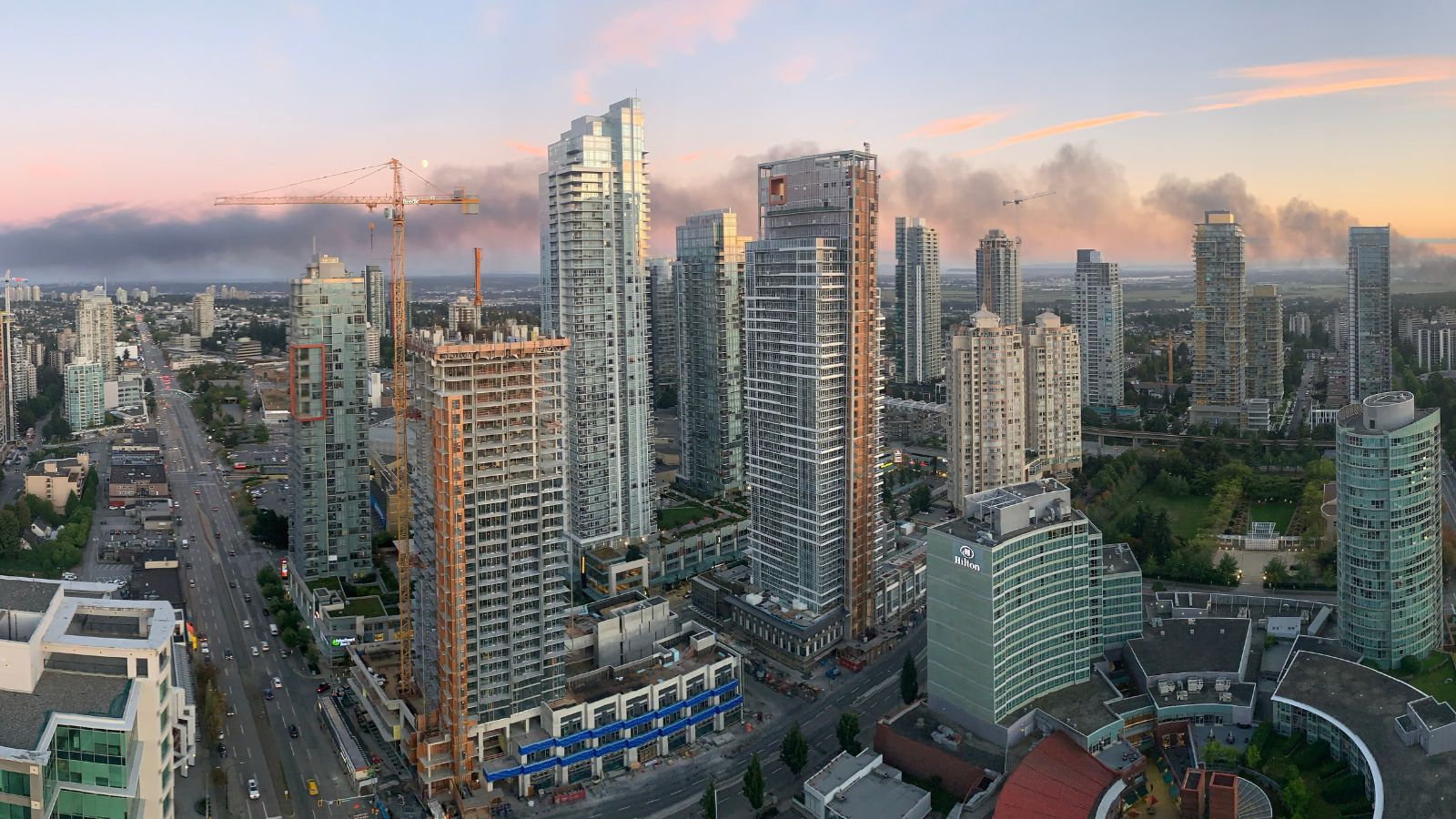
Burnaby has become one of BC’s fastest-growing cities, and rental prices are soaring. While the city has seen new condo developments, many are priced out of reach for average earners. Rent for a one-bedroom apartment now exceeds $2,500, yet wage growth hasn’t caught up. With limited housing options, renters struggle to find affordable places, even in suburban areas.
Mississauga

Located near Toronto, Mississauga has seen rents rise dramatically, especially for condos and apartments. The cost of living has skyrocketed, yet wages haven’t kept up, making it difficult for middle-class workers to afford rent. A one-bedroom unit now costs $2,300 or more, forcing many to seek roommates or move further away. The city’s rapid population growth adds even more pressure to the rental market.
Kelowna

Kelowna has become highly desirable, attracting remote workers, retirees, and new residents. However, rental supply hasn’t kept pace with demand, causing rent prices to rise faster than local wages. The tourism and hospitality industries, which employ many residents, pay relatively low wages, making it hard for workers to afford rising rents. Many locals are being priced out of their city.
Saskatoon
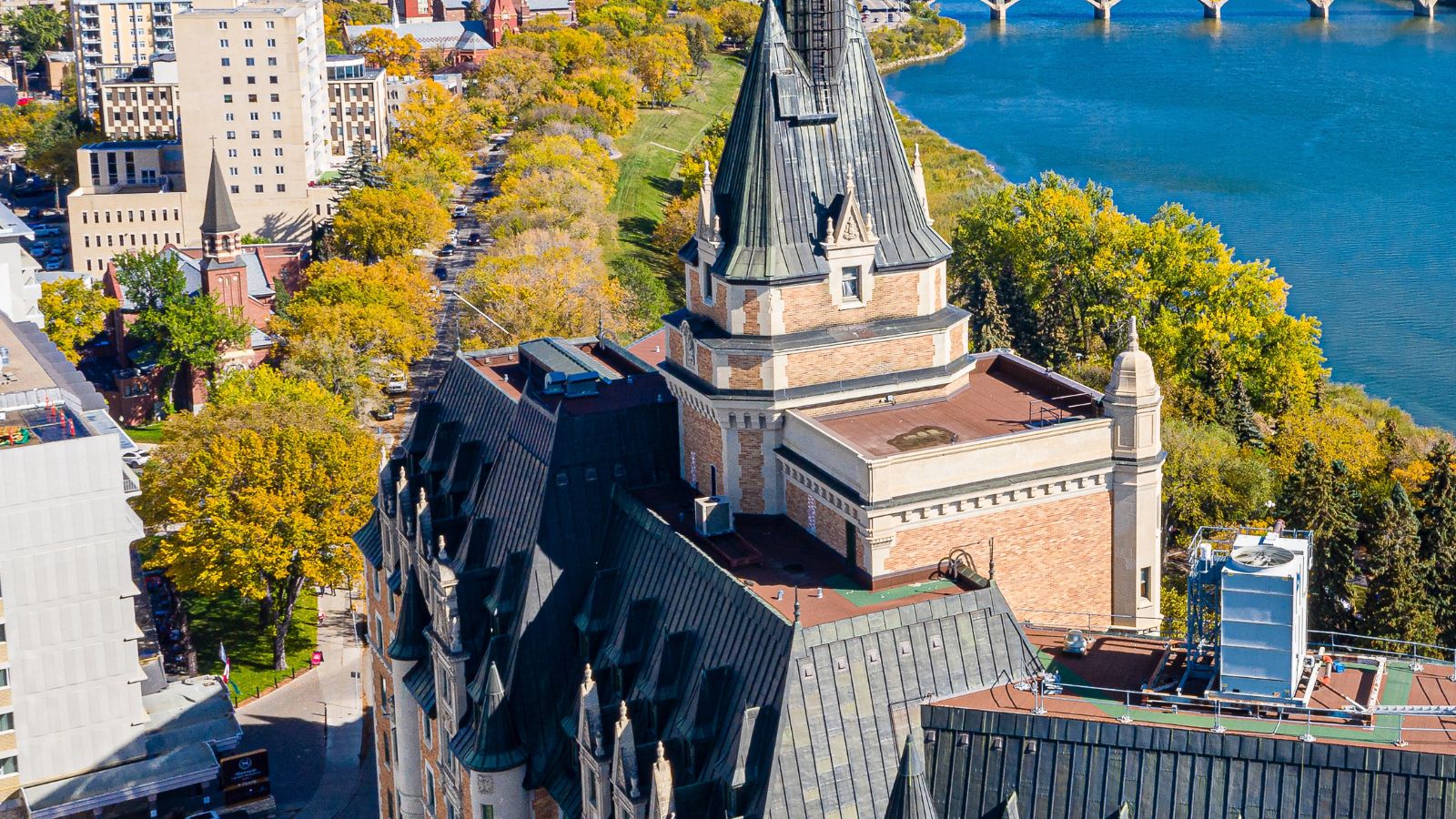
Saskatoon is experiencing a growing rental demand, but new housing developments are not keeping up. This mismatch has caused rent prices to climb faster than wages, leaving many renters in a financial squeeze. The city’s affordability is declining, especially for low-income workers and students. As rent continues to outpace salary growth, more people struggle to secure stable housing.
Regina

Regina’s rental market is seeing steady price hikes despite a relatively modest wage increase. Limited new housing developments have created a supply-demand imbalance, driving costs higher. Many residents feel financial strain, especially in service jobs and blue-collar industries. With fewer affordable options available, people are being pushed to the city’s outskirts. Regina could soon become unaffordable for many locals if wages don’t keep up.
Laval

Laval has become a popular alternative to Montreal, but rent has risen sharply recently. Many young professionals and students struggle to afford rent as their wages remain unchanged. The city’s proximity to Montreal has made it attractive for renters, but increased demand has also driven up costs. With rental prices surpassing wage growth, many locals are being priced out of their neighborhoods. Without intervention, affordability will continue to decline.
Hamilton

Hamilton has seen a major rent surge, largely due to an influx of people moving from Toronto in search of cheaper housing. However, this migration has driven up demand, causing rental costs to increase at an unsustainable rate. Many Hamilton residents, who earn lower wages than Toronto workers, find it hard to afford their city. Renters compete for limited housing, leading to bidding wars and higher rental rates. The affordability gap is widening, making housing more difficult to secure.
Gatineau

Gatineau’s rental market has been heavily impacted by the rise in demand from Ottawa commuters, pushing prices up. However, local wages haven’t increased simultaneously, creating an affordability crisis. The city was once an affordable alternative to Ottawa, but rent hikes erode that advantage. Many tenants now pay significantly more, forcing some to consider leaving the area. Without wage growth or rent controls, housing costs will continue to rise.
Kitchener

Kitchener has become a major tech hub, attracting workers and investors, but this has also caused rental prices to soar. With companies expanding in the area, many renters compete for limited housing, driving costs up faster than wages. Young professionals and students are especially affected, as rental units become harder to find and afford. Despite new housing projects, demand continues to outstrip supply, making it difficult for residents to secure affordable accommodation. Without better wage growth, Kitchener risks becoming unaffordable for many.
Halifax

Halifax has seen a massive influx of new residents, but rental housing remains scarce. A surge in international students, tech workers, and remote employees has increased demand and soaring rent prices. However, many jobs in Halifax don’t pay high wages, leaving workers struggling to cover living costs. The rising cost of rent is forcing many longtime residents to relocate to more affordable areas.
Ottawa

Despite being a government hub, Ottawa’s rent prices are rising faster than salaries. Housing shortages and an increase in students, government workers, and immigrants have pushed rental costs up significantly. Many people working in public service jobs find it harder to afford living in the city. Even suburban areas are seeing price hikes, making affordable housing difficult.
Victoria

Victoria’s rental prices have increased dramatically due to a housing supply crisis and high demand. Many workers earn lower wages in the city’s dominant industries, such as tourism and hospitality, making it hard to keep up with rising rents. The city’s limited new housing developments mean the rental market remains competitive, leaving many people with few affordable options.
Brampton

Brampton, a growing suburban city near Toronto, has seen rapid rent increases in the past few years. More people are moving to Brampton due to Toronto’s high prices, which have caused demand to outpace supply. Despite a growing business sector, wages in Brampton haven’t risen fast enough to match housing costs. Many renters face long commutes to find affordable places to live.
Montreal
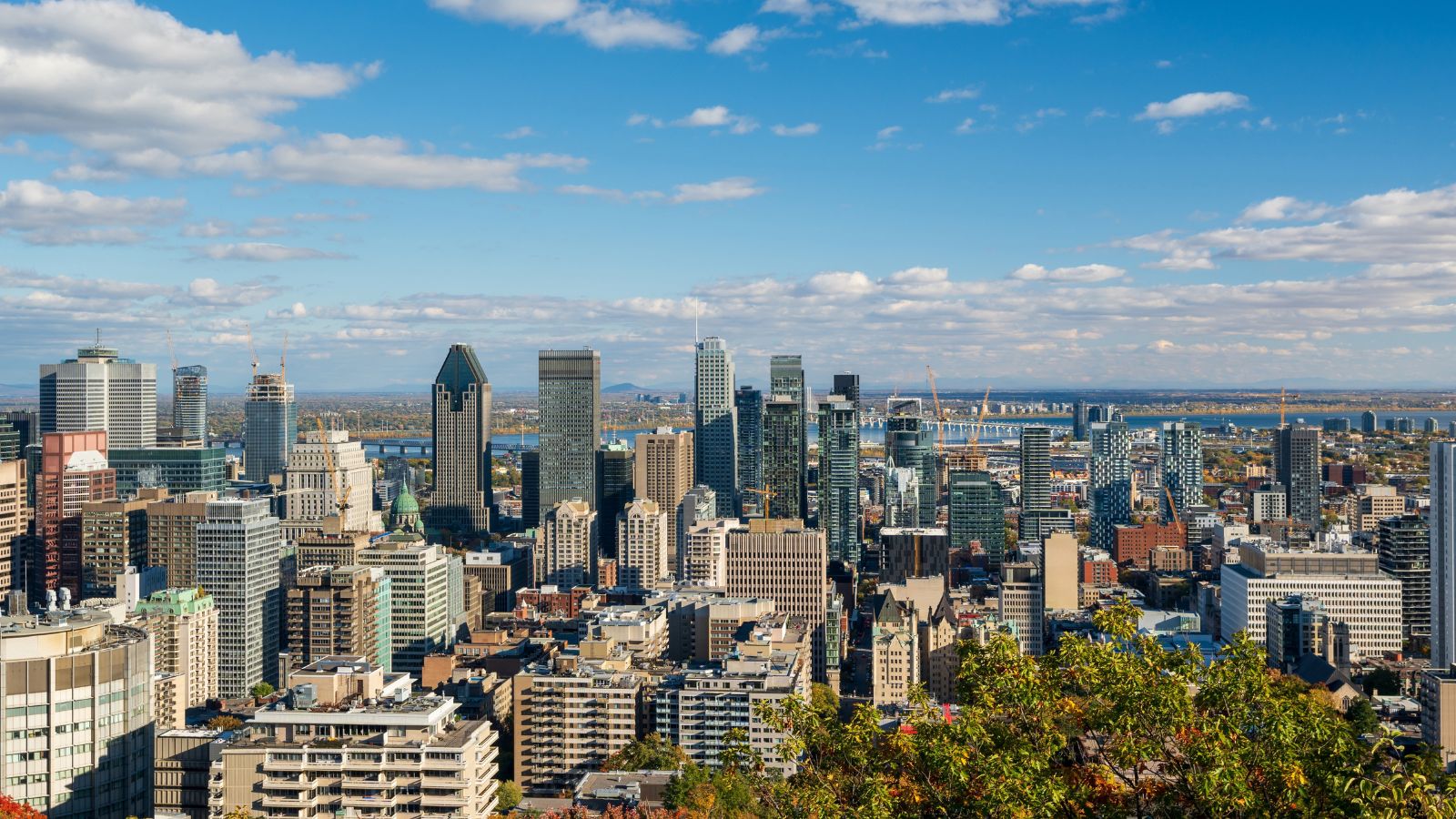
Montreal was once considered affordable, but rising demand and a shortage of rental units have changed that. Rent prices have climbed faster than salaries, especially in downtown areas. International students, tech workers, and remote employees are driving up competition for apartments. The cost of living is becoming unaffordable for many residents, particularly those with low to middle incomes.
Surrey

Surrey is experiencing one of the fastest population booms in Canada, causing rents to skyrocket. Many people are moving here from Vancouver in search of cheaper rent, which has sharply increased prices. Despite being more affordable than downtown Vancouver, Surrey’s rental market is now nearly as expensive, and wage growth hasn’t kept up. Many residents are struggling to find reasonably priced housing.
St. John’s

St. John’s is facing a rental crisis as demand for housing surpasses available supply. Rising food, gas, and utilities costs make it even harder for renters to stay afloat. Many people in the city work in industries with stagnant wages, making it difficult to handle rent increases. Many residents will be forced to leave the city without more affordable housing options.
Edmonton
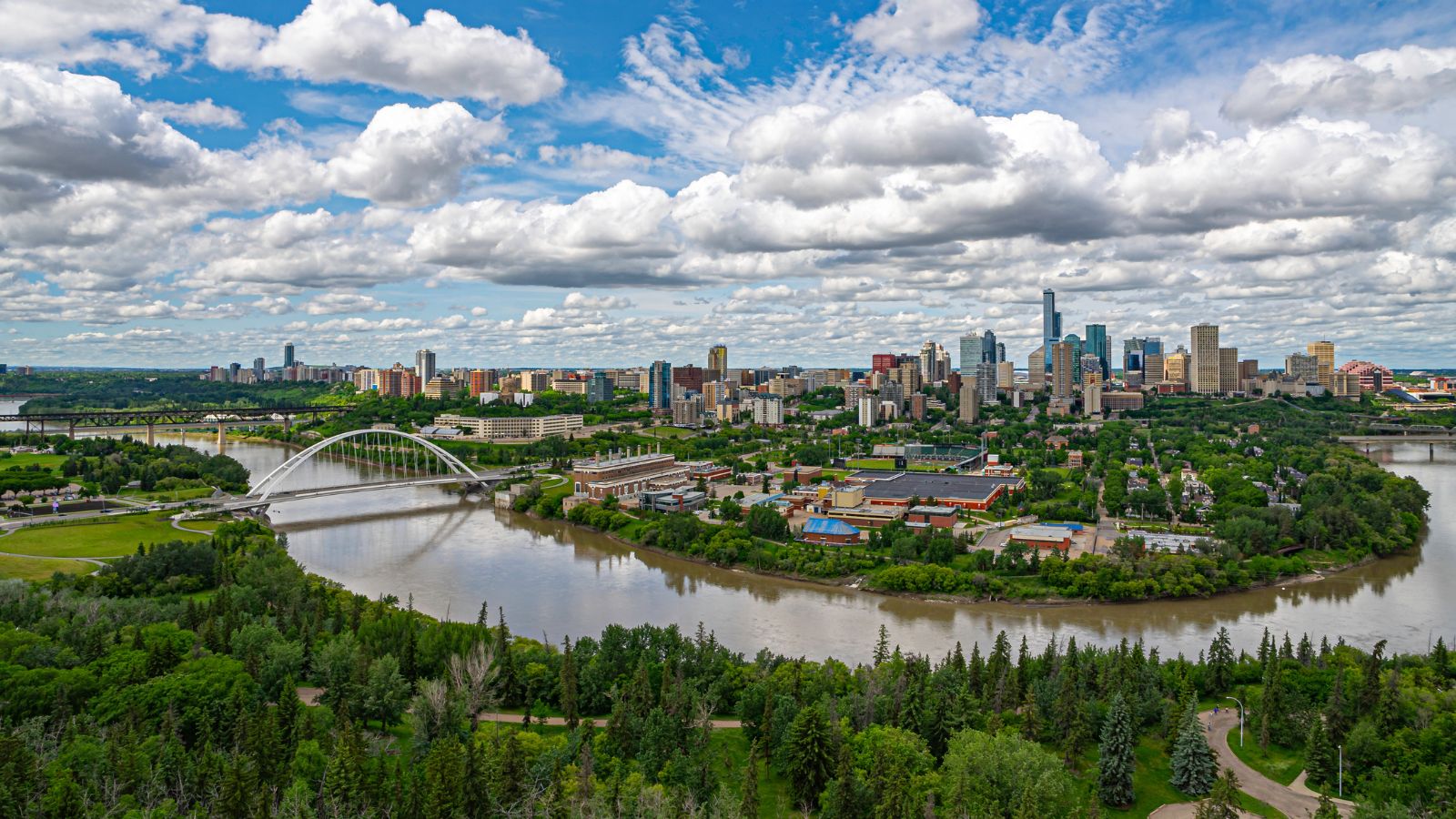
Edmonton has long been cheaper than other major Canadian cities, but rent prices are catching up fast. As more people move in for job opportunities, the rental supply shrinks, leading to higher rents. However, wages haven’t increased at the same rate, making it harder for lower-income workers to find housing. Many renters are feeling financial pressure as costs continue to rise.
Winnipeg
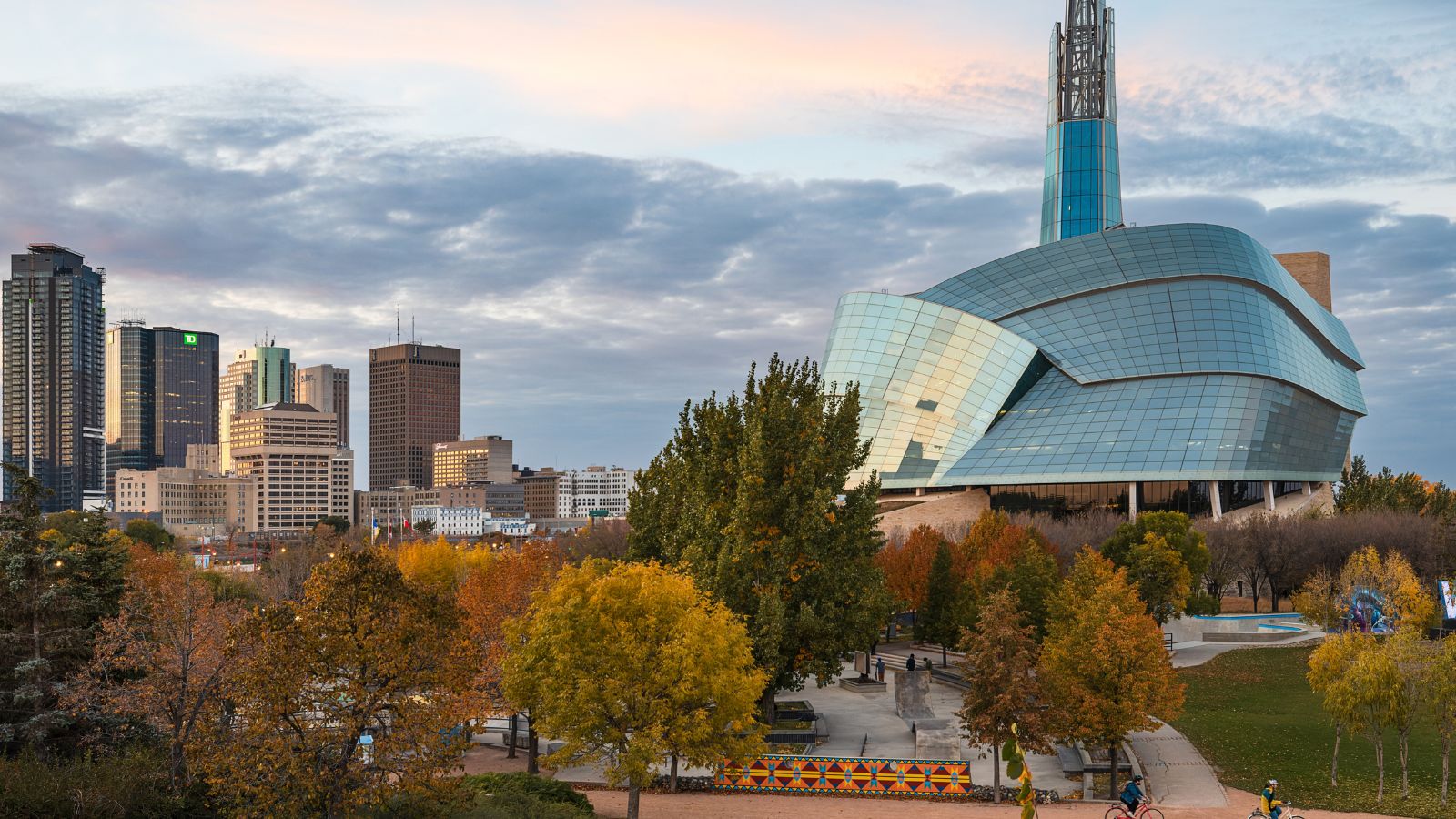
Winnipeg is another city where rents are rising quickly, yet local wages haven’t followed suit. Many blue-collar and service industry workers feel the impact, with more people spending a significant portion of their earnings on rent. Even suburban areas are seeing rent hikes, making it harder for lower-income residents to find affordable housing.
Conclusion

Rent prices continue to outpace wage growth, making housing increasingly unaffordable in Canada. As cities struggle with housing shortages, renters face more financial pressure. This crisis will only worsen without policy changes, increased wages, or better rent control. For now, many Canadians are forced to make tough choices—move, downgrade, or spend most of their income on rent.
25 Countries Predicted to Become Economic Superpowers in the Next 20 Years

The strength of an economy plays a crucial role in various international policies about trade and relations. Certain factors determine the strength of an economy, including population growth, availability of resources, and development and advancement. Here are 25 countries predicted to become economic superpowers in the next 20 years
25 Countries Predicted to Become Economic Superpowers in the Next 20 Years
